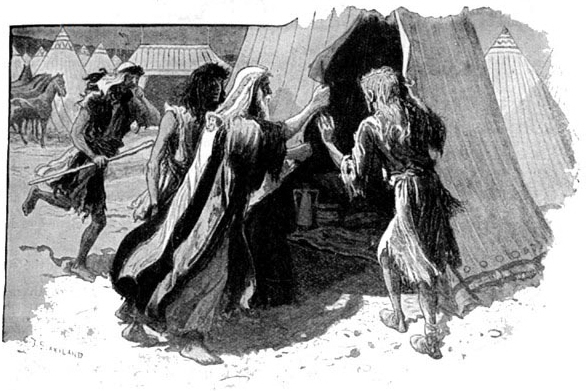Parashat Tazria is a section of the Torah that delves into the topic of ritual purity and impurity. This portion of the Torah is found in Leviticus chapter 12-13 and details the laws concerning childbirth, skin diseases, and bodily discharges. The name Tazria is derived from the Hebrew word Tazria, meaning “she will conceive,” which is the opening phrase of the portion.
The first section of Parashat Tazria describes the laws regarding the purification of a woman after giving birth. According to Jewish law, a woman who gives birth is considered impure for a certain amount of time, ranging from 7 to 14 days, depending on whether she had a boy or a girl. After the period of impurity is over, the woman must bring a sacrifice to the Temple to complete her purification.
The next section of Parashat Tazria deals with the topic of skin diseases, particularly leprosy or tzara’at. Tzara’at is not the same as leprosy as we know it today, but rather a spiritual affliction that manifests itself physically on the skin. If a person is suspected of having tzara’at, they must be examined by a priest to determine if they are impure. If the priest confirms the diagnosis, the afflicted person must leave the community and dwell outside the camp until they are healed.
The final section of Parashat Tazria discusses bodily discharges, such as seminal emissions and menstruation. According to Jewish law, these discharges render a person impure, and they must immerse themselves in a mikveh, a ritual bath, in order to become pure again. In the case of menstruation, a woman must also wait a certain amount of time before immersing in the mikveh.
Parashat Tazria may seem like a dry and obscure portion of the Torah, but it is actually rich with symbolic and spiritual meaning. The laws of purity and impurity are not simply about hygiene, but are meant to teach us about the importance of spiritual cleanliness and moral purity. In Jewish thought, the body is not seen as a separate entity from the soul, but rather as an expression of it. Therefore, bodily impurities are seen as a reflection of spiritual impurities and must be dealt with accordingly.
The laws of Parashat Tazria also teach us about the importance of community and the role of the priest in maintaining the purity of the community. In ancient times, the priest served as a kind of spiritual doctor, diagnosing and treating spiritual afflictions. Today, we may not have priests or sacrifices, but we can still learn from the importance of communal responsibility and the role of spiritual leaders in helping us maintain our spiritual health.
In conclusion, Parashat Tazria is a portion of the Torah that deals with the topics of ritual purity and impurity. While the laws may seem obscure and irrelevant to our modern lives, they are actually rich with symbolic and spiritual meaning. By studying and understanding these laws, we can gain a deeper appreciation for the importance of spiritual cleanliness and moral purity in our own lives.
Tazria
תזריע
II Kings 4:42-5:19
He set out, taking with him ten talents of silver, six thousand shekels of gold, and ten changes of clothing.
He traveled a stretch of land from him.



















One Response